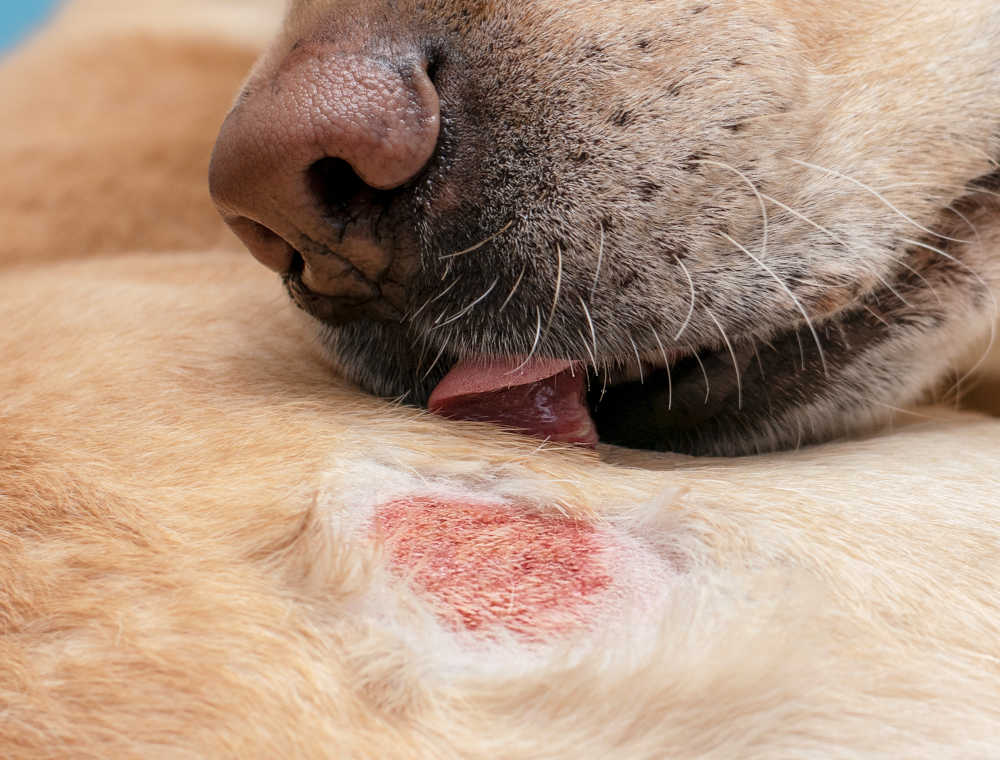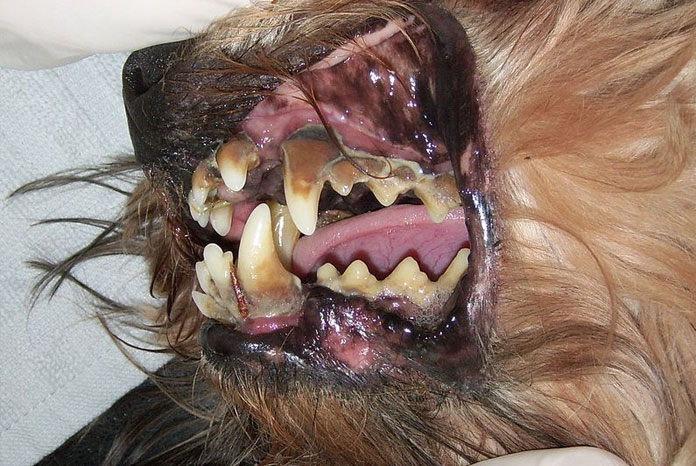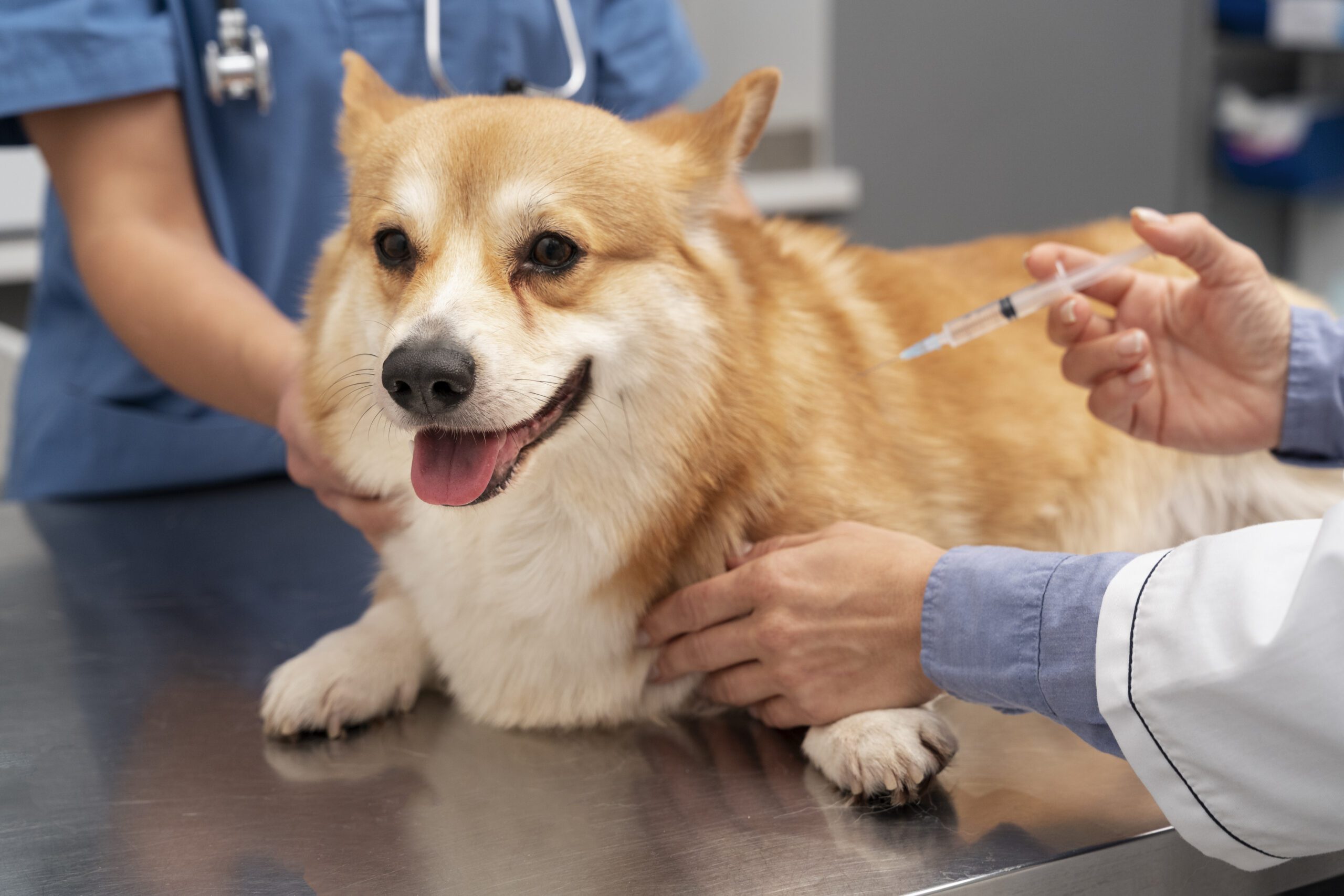



Introduction to common diseases in dogs:
As much as we adore our canine companions, it’s important to be aware of the potential health issues that can affect different dog breeds. In this article, we will explore the 10 diseases commonly found in popular dog breeds, including the Australian Shepherd, German Shepherd, Golden Doodle, Golden Shepherd, Golden Retriever, Labrador Retriever, Siberian Husky, Yorkshire Terrier, and Bulldog. We will discuss the symptoms, diagnosis, lab tests, precautions, risks for other pets and humans, medicine and care, and the opinions of veterinary experts and pet lovers.
What is Hip Dysplasia in dogs:
What are Symptoms of Hip Dysplasia?
- Lameness
- Difficulty rising or jumping
- Decreased activity.
- Diagnosis: x-rays, physical examination.
What are Lab Tests required to diagnose Hip Dysplasia :
- Orthopedic Foundation for Animals (OFA) hip evaluation.
What are Precautions must be adopted to get relief from Hip Dysplasia:
- Maintaining a healthy weight
- Regular exercise
- Avoiding excessive jumping
- Providing joint supplements.
Is Hip Dysplasia a Risk for Other Pets and Humans:
Genetic predisposition, can affect other dogs in the same breed.
How many types of Medicine and Care must be adopted for Hip Dysplasia:
- Pain medication
- Physical therapy
- Possible surgery in severe cases.
Veterinary Opinion:
Proper breeding practices and early screening are crucial in reducing the incidence of hip dysplasia.
Progressive Retinal Atrophy (PRA):
Symptoms: Night blindness, loss of vision.
Diagnosis: Ophthalmologic examination, genetic testing.
Lab Tests: DNA testing for specific gene mutations.
Precautions: Genetic screening of breeding dogs, regular eye check-ups.
Risk for Other Pets and Humans: Genetic predisposition, can affect other dogs in the same breed.
Medicine and Care: Currently, there is no cure for PRA. Supportive care and accommodations for vision loss are important.
Veterinary Opinion: Responsible breeding practices and genetic testing can help reduce the prevalence of PRA.
Canine Distemper:
Symptoms: Fever, coughing, nasal discharge, neurological signs.
Diagnosis: Physical examination, blood tests.
Lab Tests: Serology or polymerase chain reaction (PCR) testing.
Precautions: Vaccination, avoiding contact with infected animals.
Risk for Other Pets and Humans: Highly contagious, can affect dogs of any breed.
Medicine and Care: Supportive care, antiviral medications, prevention through vaccination.
Veterinary Opinion: Vaccination is the best defense against canine distemper.
Bloat (Gastric Dilatation-Volvulus):
Symptoms: Distended abdomen, unproductive vomiting, restlessness.
Diagnosis: Physical examination, X-rays.
Lab Tests: Blood tests to assess organ function.
Precautions: Feeding smaller meals, avoiding exercise after meals, slow feeding techniques.
Risk for Other Pets and Humans: More common in large, deep-chested breeds.
Medicine and Care: Emergency surgical intervention, gastropexy to prevent recurrence.
Veterinary Opinion: Preventative gastropexy can be considered in high-risk breeds.
Hypothyroidism:
Symptoms: Weight gain, lethargy, hair loss, skin problems.
Diagnosis: Blood tests to measure thyroid hormone levels.
Lab Tests: Thyroid function tests, including T4 and thyroid antibody tests.
Precautions: Regular veterinary check-ups, proper nutrition, medication.
Risk for Other Pets and Humans: Can affect dogs of any breed.
Medicine and Care: Thyroid hormone replacement therapy.
Veterinary Opinion: Regular monitoring and early detection are essential for managing hypothyroidism.
Allergies:
Symptoms: Itching, skin redness, hair loss, ear infections.
Diagnosis: Physical examination, elimination diet, allergy testing.
Lab Tests: Intradermal allergy testing or blood tests for specific allergens.
Precautions: Identifying and avoiding allergens, managing symptoms with medication.
Risk for Other Pets and Humans: Can affect dogs of any breed.
Medicine and Care: Allergy medications, immunotherapy, specialized diets.
Veterinary Opinion: Identifying and managing allergens can greatly improve a dog’s quality of life.
Epilepsy:
Symptoms: Seizures, involuntary movements.
Diagnosis: Physical examination, neurological evaluation.
Lab Tests: Blood tests to rule out other causes.
Precautions: Medication adherence, managing triggers, creating a safe environment.
Risk for Other Pets and Humans: Can affect dogs of any breed.
Medicine and Care: Anti-seizure medications, regular veterinary monitoring.
Veterinary Opinion: Proper medication and seizure management are crucial for epileptic dogs.
Patellar Luxation:
Symptoms: Limping, skipping or hopping gait, difficulty extending the leg.
Diagnosis: Physical examination, manipulation of the knee joint.
Lab Tests: X-rays to assess the severity of luxation.
Precautions: Maintaining a healthy weight, avoiding excessive jumping and strenuous exercise.
Risk for Other Pets and Humans: More common in small and toy breeds.
Medicine and Care: Surgery may be required in severe cases.
Veterinary Opinion: Proper breeding practices and screening can help reduce the incidence of patellar luxation.
Dental Disease:
Symptoms: Bad breath, red or bleeding gums, tartar buildup.
Diagnosis: Visual examination, dental X-rays.
Lab Tests: None.
Precautions: Regular dental care, brushing teeth, dental chews.
Risk for Other Pets and Humans: Can affect dogs of any breed.
Medicine and Care: Dental cleaning under anesthesia, tooth extractions if necessary, at-home dental care.
Veterinary Opinion: Regular dental care is essential for maintaining overall health.
Obesity:
Symptoms: Weight gain, decreased activity, difficulty breathing.
Diagnosis: Body condition scoring, weight measurement.
Lab Tests: Blood tests to assess organ function.
Precautions: Balanced diet, portion control, regular exercise.
Risk for Other Pets and Humans: Can affect dogs of any breed.
Medicine and Care: Weight management plans, dietary modifications, increased exercise.
Veterinary Opinion: Obesity is a preventable condition that requires commitment to proper nutrition and exercise.
Pet Lovers’ Opinions:
Opinions may vary among pet lovers regarding these diseases. While some may be concerned about the potential health issues, others believe that responsible breeding practices, regular veterinary care, and a healthy lifestyle can minimize the risks.
Conclusion:
It’s important for dog owners and enthusiasts to be aware of the common diseases that can affect their favorite breeds. Recognizing the symptoms, seeking proper diagnosis, and taking necessary precautions are essential for maintaining the health and well-being of our furry friends. Regular veterinary care, responsible breeding practices, and adherence to preventive measures such as vaccination and proper nutrition are crucial in reducing the incidence and severity of these diseases. By staying informed and providing the necessary care, we can ensure our beloved dogs live long, healthy lives filled with love and happiness.
